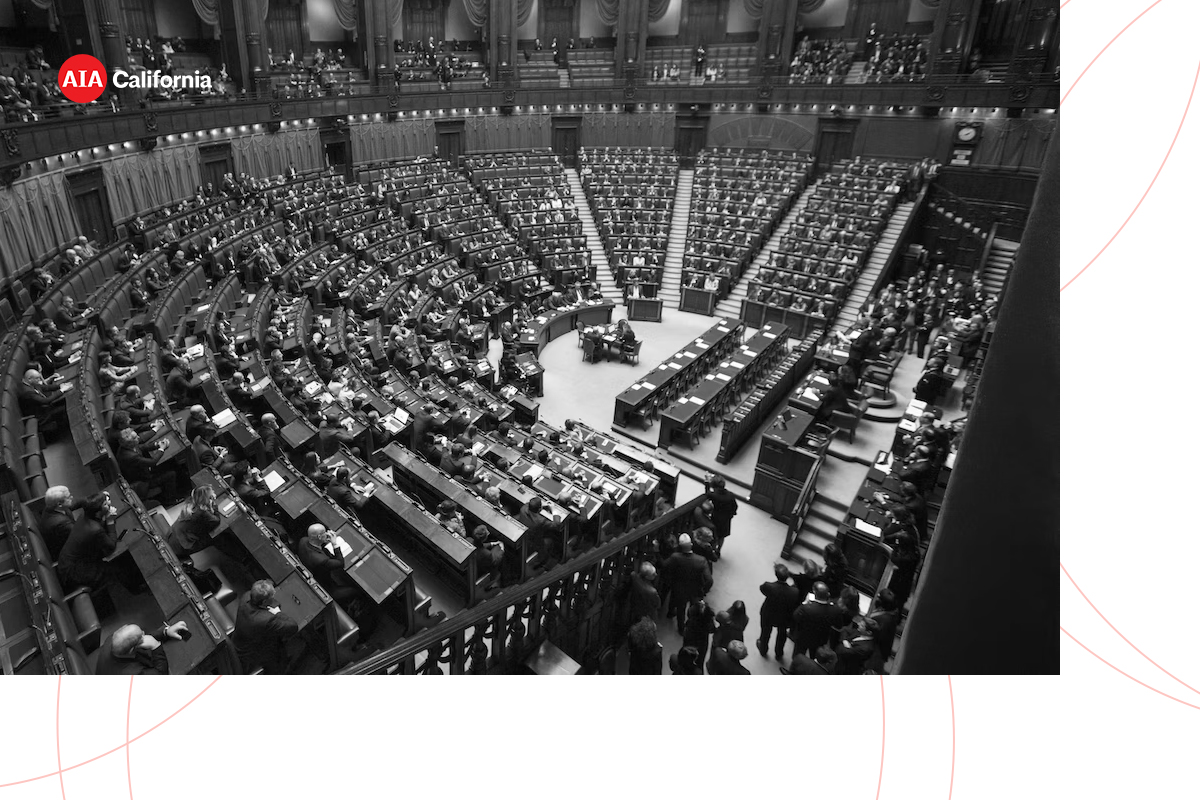
As we all know, California is facing a housing crisis. The 2022 Statewide Housing Plan estimated that California needs to build approximately 2.5 million units of housing over the next eight years. The California Department of Housing and Community Development (HCD) estimates show that the state will need 180,000 new units of housing each year just to keep up with existing demand, including 80,000 units for low-income residents. However, California only averages less than 100,000 new units a year.
As a result, housing prices in our state have soared, topping the $800,000 mark for the first time in history. At the same time, over half of renters are spending more than 30 percent of their income on housing, with 80 percent of low-income renters spending more than 30 percent.
In an attempt to address this crisis, Governor Newsom recently announced his signing of a number of bills that make up his 2022 housing and homelessness package. A list of those bills with summaries can be found here. Below are a few bills of note.
Updates to ADU Laws
AB 2221 (Quirk-Silva) – This bill clarifies and expands requirements for approval of accessory dwelling units (ADUs) and junior dwelling units (JADUs). Specifically, it does the following:
SB 897 (Wieckowski) – This bill makes numerous changes to the laws governing accessory dwelling units (ADUs) and junior accessory dwelling units (JADUs). Specifically, it does the following:
AB 916 (Salas) – Prohibits a city or county from requiring a public hearing as a condition of reconfiguring existing space to add up to two bedrooms within an existing dwelling unit.
Adaptive Reuse of Commercial Facilities
AB 2011 (Wicks) – Enacts the “Affordable Housing and High Road Jobs Act of 2022” to create a ministerial, streamlined approval process for 100% affordable housing projects in commercial zones and for mixed-income housing projects along commercial corridors, as specified. The bill would also impose specified labor standards on those projects, including requirements that contractors pay prevailing wages, participate in apprenticeship programs, and make specified healthcare expenditures.
Specifically, the bill does the following:
Allows housing to be built by-right in infill areas currently zoned for office, retail, and parking uses.
SB 6 (Caballero) – This bill enacts, until January 1, 2033, the Middle Class Housing Act of 2022, establishes an expedited process to allow residential development on existing developed lots currently zoned for commercial office, retail, or parking, such as strip malls or large “big box” retail spaces. This bill requires the development of residential units at a minimum density to accommodate affordable housing, abide by existing local planning and development ordinances, pay workers union wages, and prioritize the use of a skilled and trained workforce (although the law provides an “off ramp” if fewer than two bidders bid for a contract under the “skilled and trained workforce” requirement).
Specifically, the bill does the following:
A more detailed breakdown of AB 2011 and SB 6 can be found here.
SB 1695 (Santiago) – This bill requires that any notice of funding availability issued by HCD state that adaptive reuse of a property for affordable housing purposes is an eligible activity as long as it is for an affordable multifamily housing loan program. This bill defines “adaptive reuse” as the retrofitting and repurposing an existing building to create new residential units.
Parking Requirements:
AB 2097 (Friedman) – This bill prohibits public agencies from imposing or enforcing parking minimums on developments within ½ mile of a major transit stop, as specified. Allows a city or county to impose minimum parking requirements on developments located within one-half mile of public transit if the city or county makes written findings within 30 days stating that not imposing minimum parking requirements would have a substantially negative impact, as specified.
The legislative process is not the only place housing policy is being considered in California. In fact, there are 52-housing related measures on local ballots throughout the state this election. According to the Terner Center for Housing Innovation at UC Berkely, “the issues covered in these measures vary widely, including votes on changing local land use approvals, creating new sources of revenue for local housing initiatives, and establishing new or expanding existing tenant protection policies.”
AIA California is working to ensure that architects have a seat at the table to proactively lead positive changes in housing. We will continue to do all that we can to ensure that architects can use design to impact our communities for good and improve the quality of life in California.
More information on the bills in the Governor’s housing and homeless package can be found here.